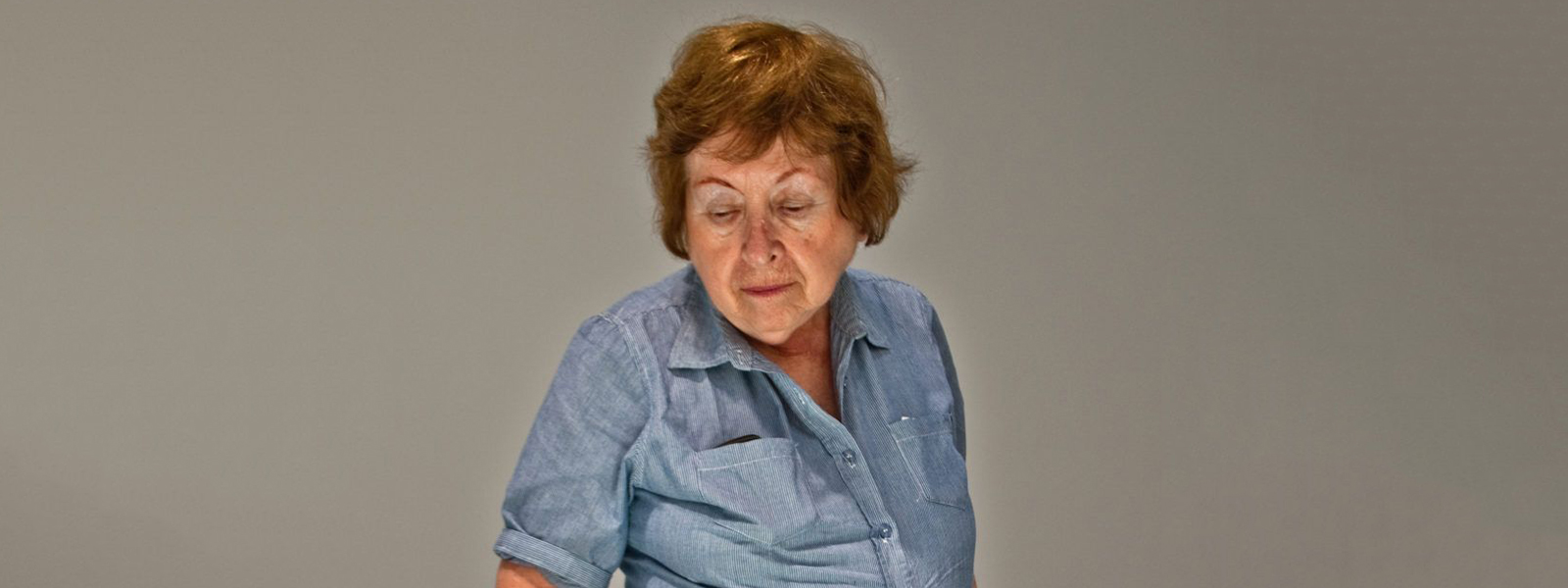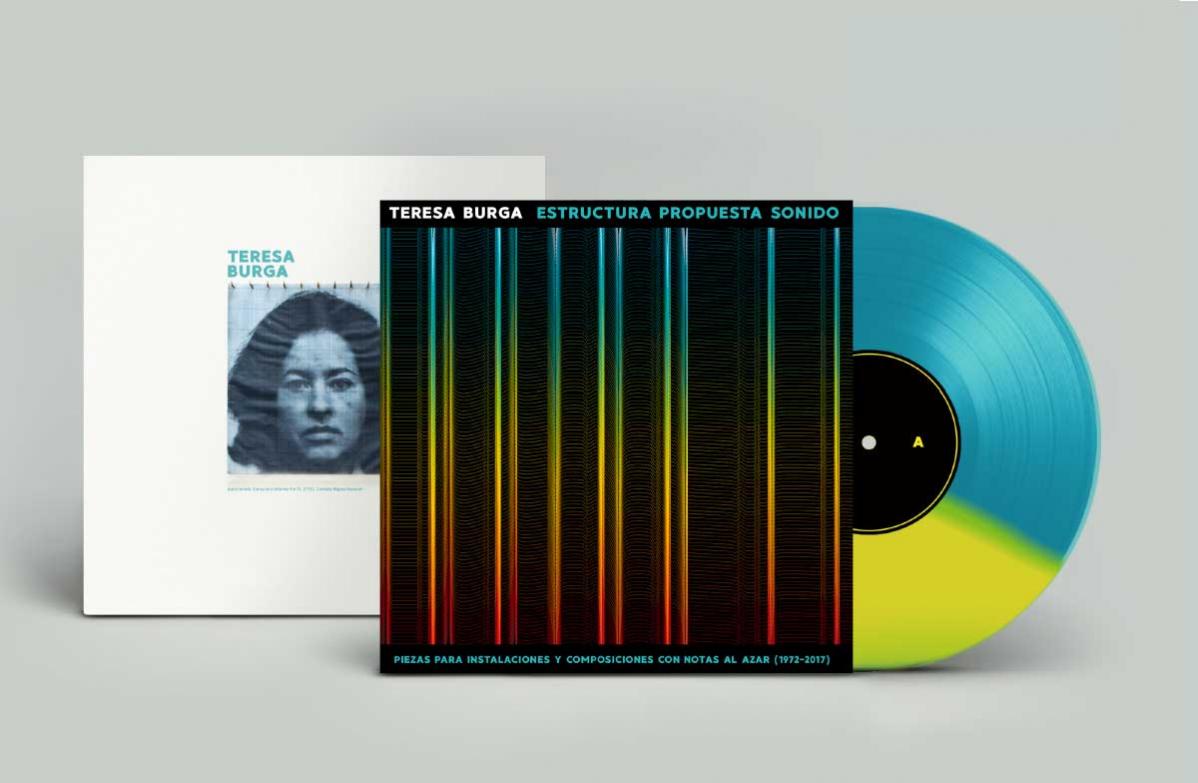
Born in Iquitos, Peru, in 1935, Teresa Burga is a conceptual and media artist and a prolific draftswoman. From 1957 to 1965 she studied painting at the Pontificia Universidad Católica del Perú. Between 1960 and 1962 she took an extended break from her studies to travel to Paris and London, accompanying her father, an admiral in the Peruvian navy, on his diplomatic mission as military attaché to the Peruvian Embassy in Paris. Burga had her first solo exhibition, Lima imaginada, in 1965 at the Galería Cultura y Libertad in Lima. From 1966 to 1968 she was associated with the group Arte Nuevo, mentored by the influential critic Juan Acha, which also included the artists Gloria Gómez-Sánchez (1921–2007), Luis Arias Vera (1932–2016), Armando Varela (b. 1933), Luis Zevallos Hetzel (b. 1933), Jaime Dávila (b. 1937), Emilio Hernández Saavedra (b. 1940), and José Tang (b. 1941). The group is credited with the introduction into the Peruvian art scene of neo-avant-garde currents, such as pop art, op art, and happenings. In the mid-1960s Burga’s work focused on the dynamics of everyday urban life, especially on women in domestic situations. Simultaneously, her objects and installations manifested her interest in the removal of markers of an individual, expressive authorship, which she would sustain throughout her career.
